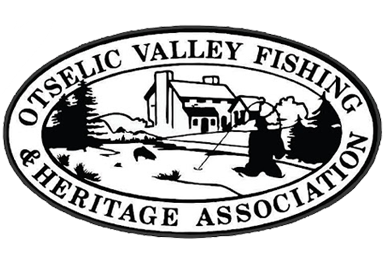Fishing
Otselic River Fishing Information
The Otselic River begins in Madison County and then meanders 54 miles into Chenango, Cortland, and Broome Counties where it eventually flows through the Whitney Point Reservoir before its confluence with the Tioughnioga River. Whitney Point Reservoir is a U.S. Army Corps of Engineers Flood Control project that was created by the damming of the Otselic River.
There are 22 miles of Public Fishing Rights (PFR) along this large-sized, mostly open river.
Public Access
There are 22 miles of PFR along the Otselic River with eight official PFR parking areas and numerous unofficial pull-offs used by anglers along Route 26, which parallels a large portion of the stream.
Parking Areas
- Otselic Center: Off County Route 16 on south side of river.
- Seventh Day Hollow: Two miles north of Hamlet of South Otselic on State Highway 26.
- South Otselic: Off State Highway 26 just south of the South Otselic Fish Hatchery.
- Ufford Corners: Off Route 26 by intersection of Old Joe Road.
- North Pitcher: Off Mill Road on north side of river.
- Foulds Road: 1.8 miles north of Hamlet of Pitcher on Route 26 to Foulds Road.
- Pitcher: Off County Route 12 on north side river.
- Taylor: Off State Route 26 just south of Cortland and Chenango County boundary.
DECinfo Locator- Interactive Trout Stream Fishing Map (Decinfo Locator is best viewed on a desktop computer).
Trout Stream Fishing Map User Guide ("How to" instructions for using the fishing map on Decinfo Locator.)
For more information on boat launches including Google Maps driving directions, visit the Boat Launch Sites for Cortland County page.
Fish Species
Brown trout, brook trout, smallmouth bass, walleye, rock bass, white sucker, and common carp.
Brown Trout
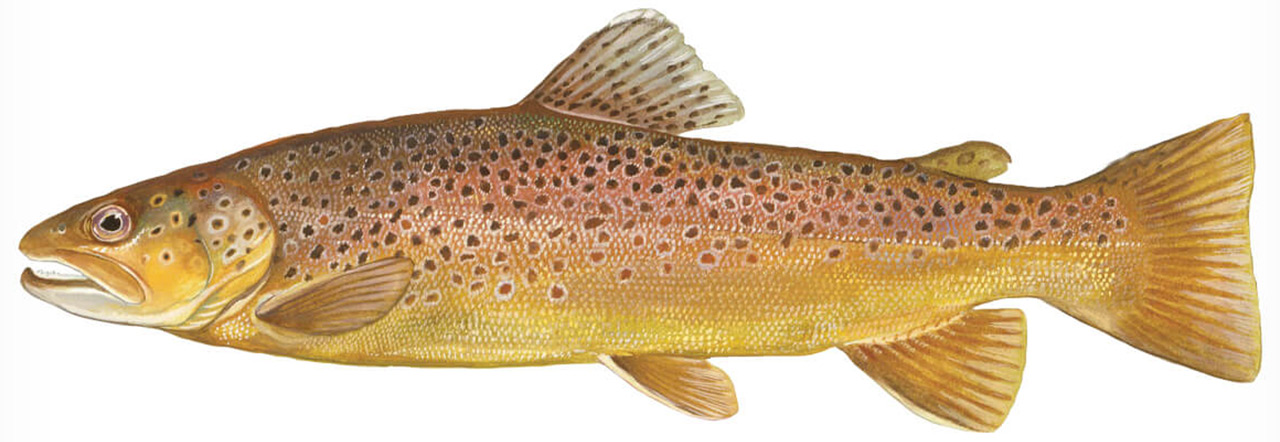
Brook Trout
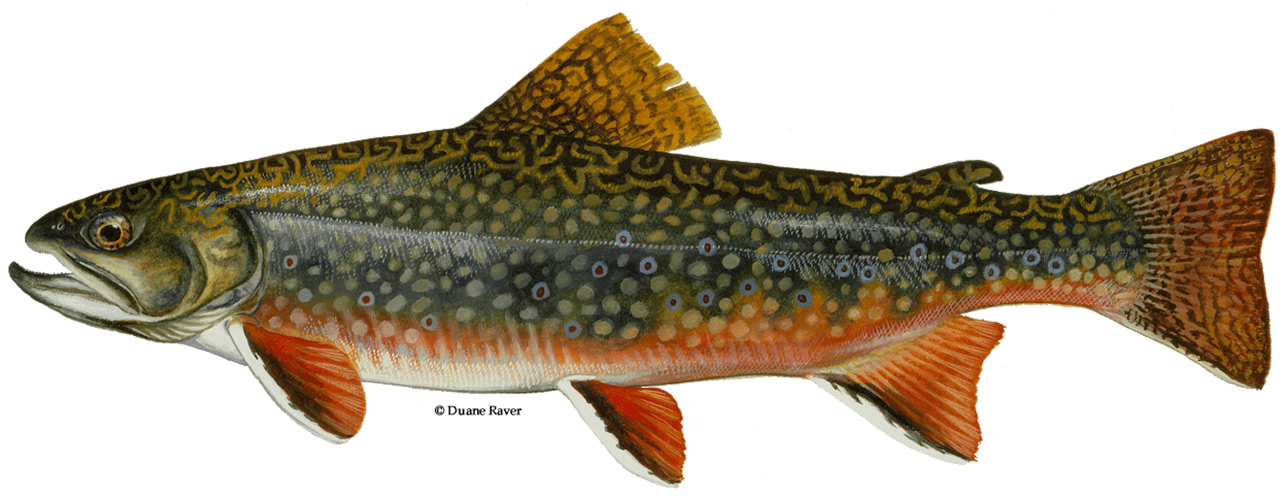
Smallmouth Bass
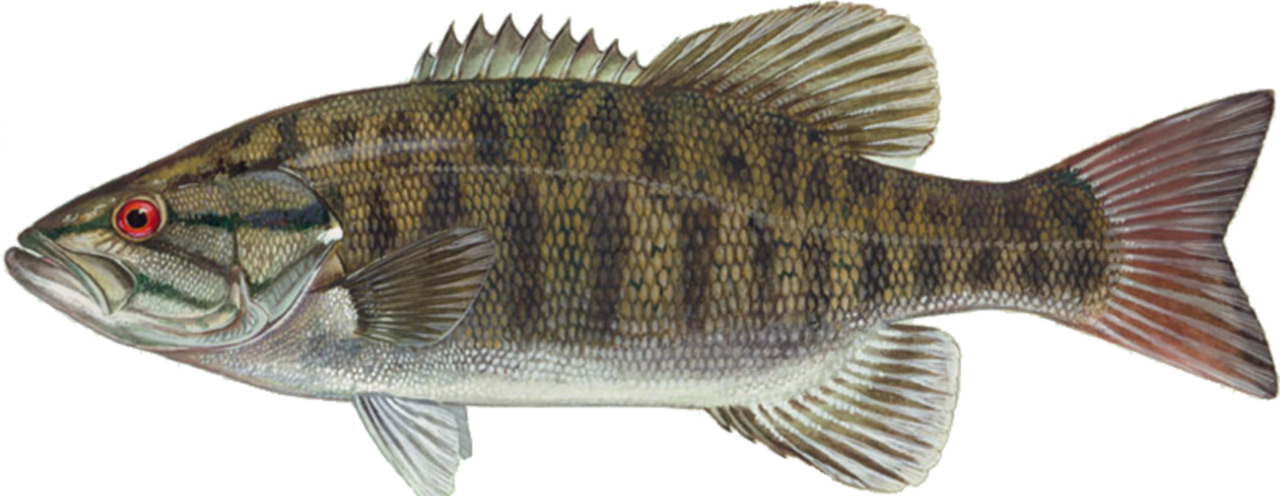
Common Carp
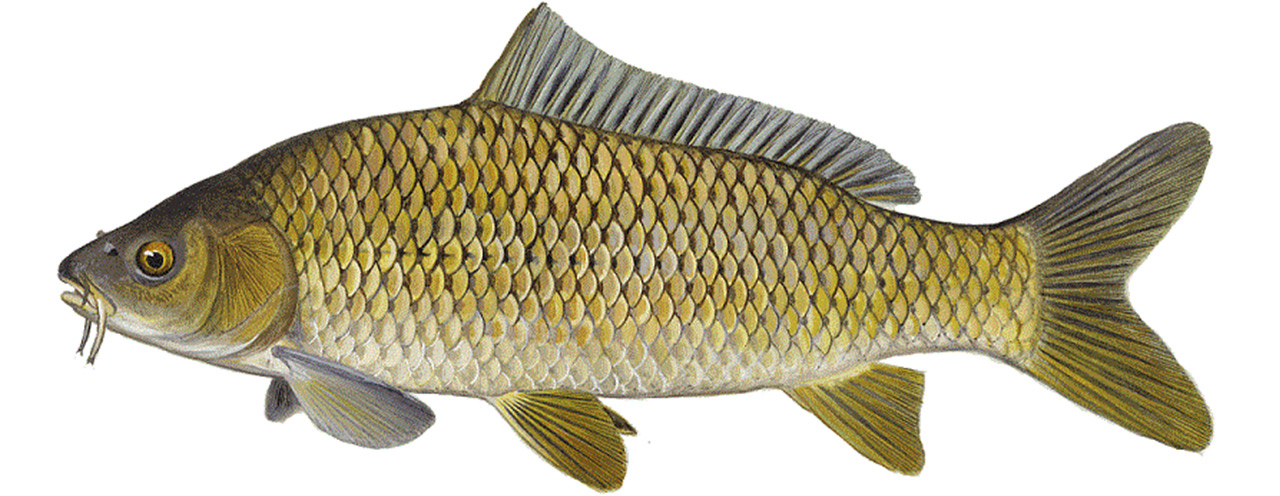
Walleye

Rock Bass
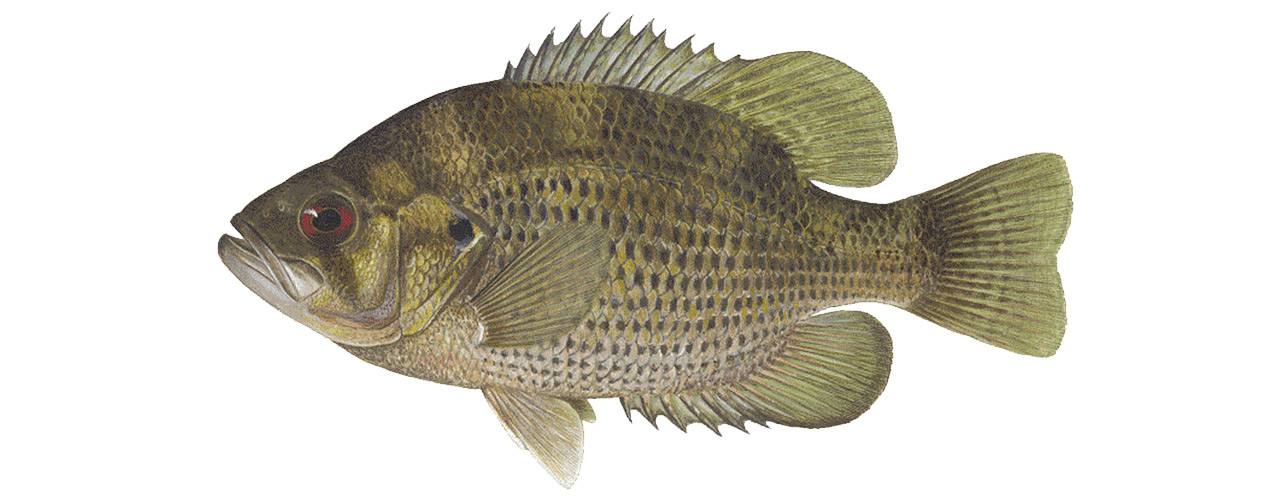
White Sucker
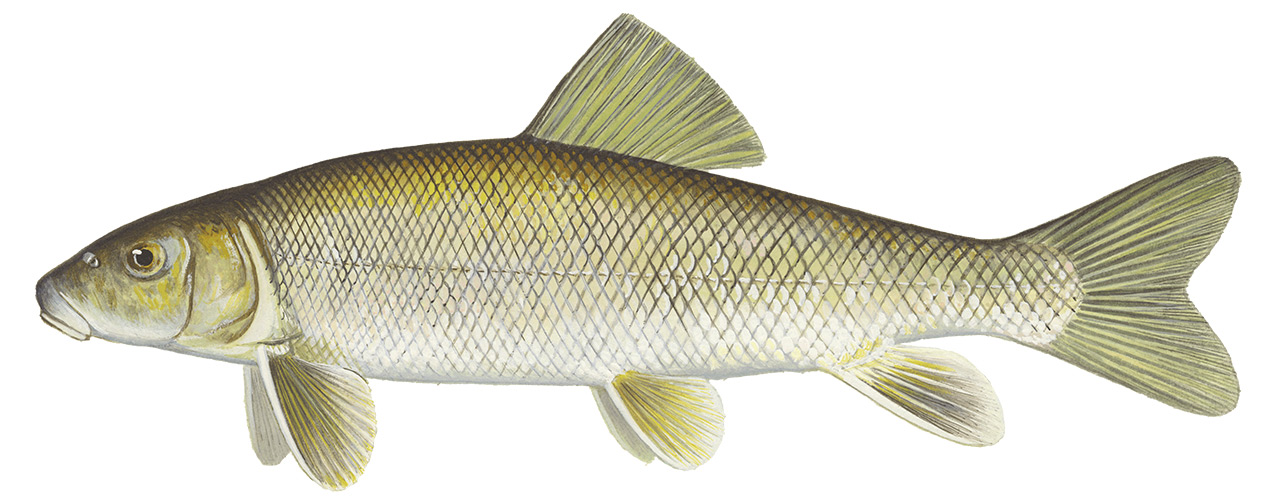
General Fishing Information
Both stocked and wild brown trout are present in the river along with some wild brook trout. Smallmouth bass and walleye can also be found in the lower section of river below Cincinatus. The most suitable trout habitat in the river is between Otselic and Cincinatus. A major portion of the fishing pressure takes place in this area during spring and early-summer shortly after the trout are stocked.
When fishing during the cold water periods of winter and early spring, concentrate on the deeper holes, fish slowly, and keep your lures and flies near bottom. Sometimes fishing during the midday period after things have had a chance to warm up a little also helps.
Regulations
Special regulations apply. See the Freshwater Fishing Regulation Guide (PDF).
Fisheries Management
The Stocked reach from the Route 23 bridge in Cincinnatus upstream to the South Otselic Hatchery Angler Parking Lot is stocked annually with around 3,600 one year-old brown trout (9") and 400 two year-old brown trout (14"). The Stocked-Extended reach from the South Otselic Hatchery Angler Parking Lot upstream to Route 80 is stocked with around 1,480 one year-old and 160 two year-old brown trout.
Species Raised at the South Otselic Fish Hatchery
Walleye
In early April the South Otselic crew assists with the Oneida walleye egg take. Adult walleye are captured using trap nets, fish are then brought inside the facility and sorted.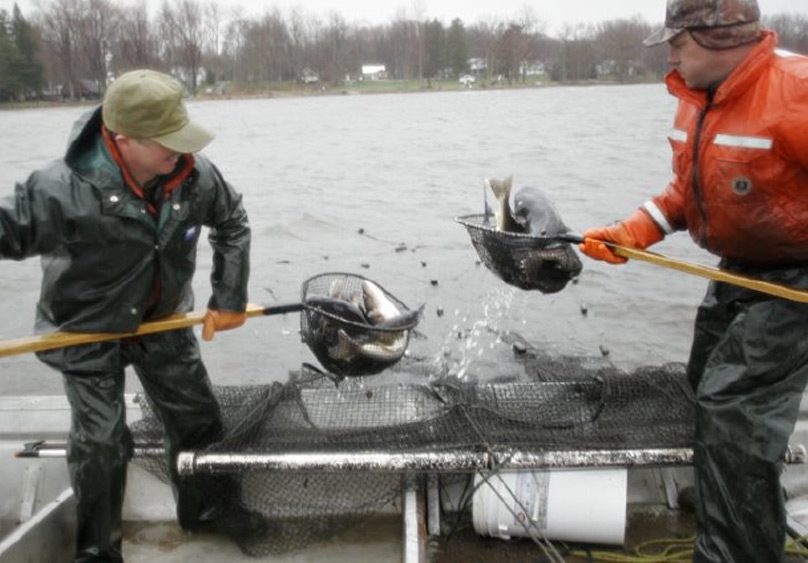
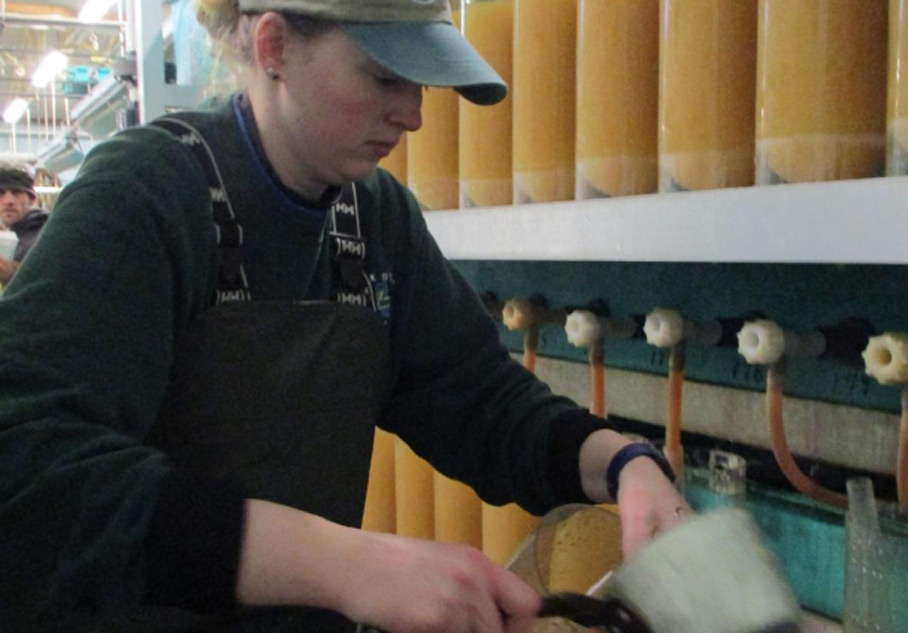
Heritage Brook Trout
Egg to fry: In early November trap nets are set for brook trout in the Adirondacks. The brook trout are spawned onsite and the eggs are transported back to South Otselic. Once at South Otselic, the eggs are measured in ounces to give us a rough estimate of how many eggs we have. After the eggs are measured, they are divided into incubation trays. The eggs will take roughly 50 days in the incubators to hatch. Every two days, the trays are checked. Dead eggs and fungus are removed from trays. Once the eggs hatch, sac fry emerge. Sac fry will stay in the trays for an additional 3 weeks until the yolk sack is absorbed. At that time the fry will be moved into rearing tanks.
Source


